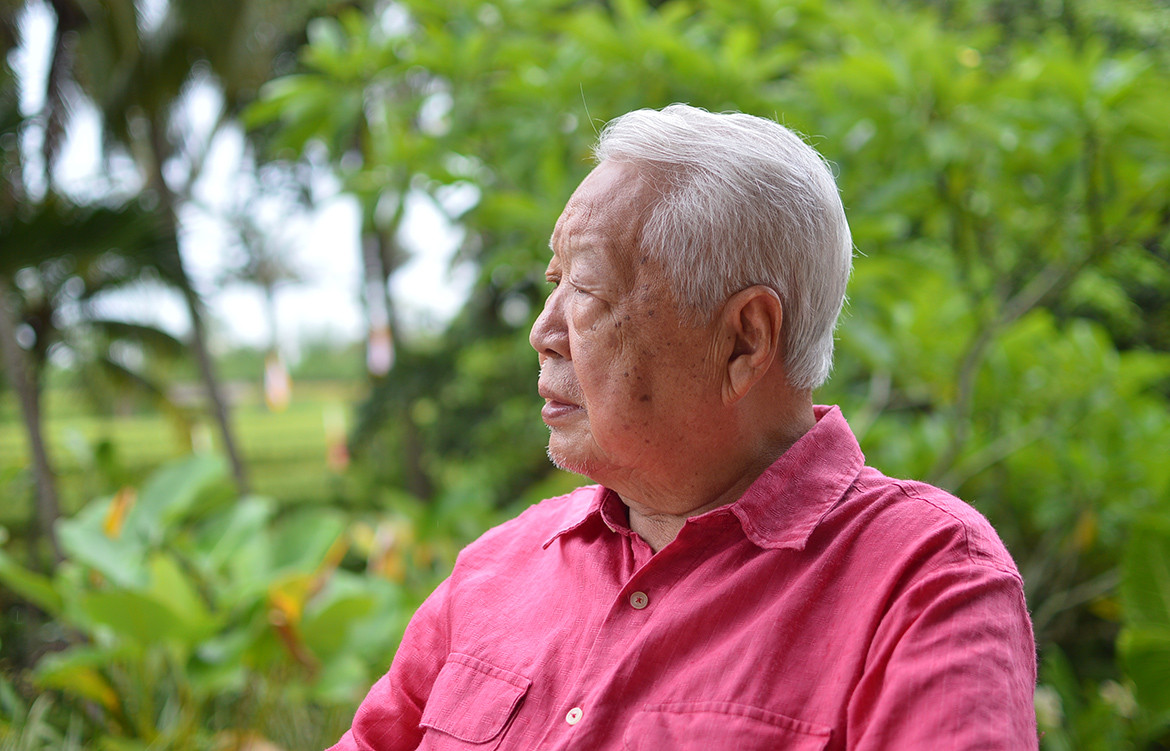Halfway between Kuala Lumpur International Airport and the city, either from the freeway or the train, you will see on your left the dynamically twisting Menara Telekom tower on the horizon. It dates from 2002 and, like many other buildings by Hijjas Kasturi Associates (HKA), it has helped define what modern Malaysian architecture aspires to be.
The reason these buildings remain must- see architectural icons is because of how they express so clearly the values which drove them. At a time when so much Malaysian architecture tried to express national identity through vernacular revival pastiche, Hijjas pursued a “universal architecture” imbued with the essence of local tradition. Elegant in form and refined in detail, these buildings integrate with their urban context and are exemplars of sustainable tropical architecture.
Hijjas Kasturi pursued a “universal architecture”, but imbued with the essence of local tradition.
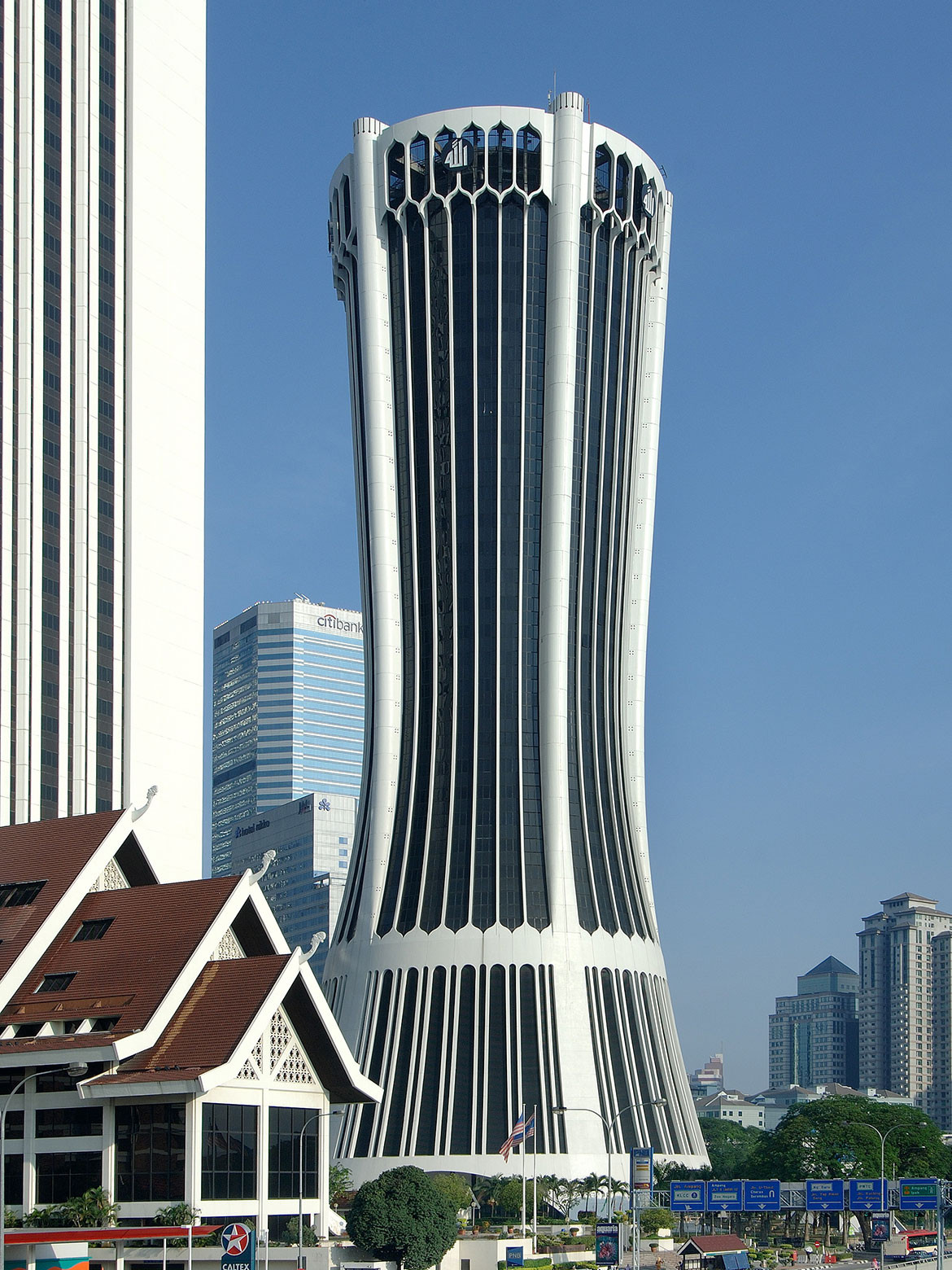
In the Region, Hijjas is comparable to Harry Seidler – whom he admires – in the way his buildings engage at ground level where they open up to create connection and make a high-rise building less overbearing. Hijjas’s ‘identity project’ also found expression in his own home, Rimbun Dahan, outside Kuala Lumpur where the house is a contemporary expression of the traditional kampung house. The 5.5 hectare property is also home to three re-assembled and restored kampung houses, part of a collection of accommodation and studios for visual and performing artists from Malaysia, ASEAN countries and Australia who enjoy residencies offered by Hijjas and his wife Angela. Also part of the property are gardens including wetlands, an orchard and a forest of indigenous South East Asian trees selected for their medicinal, culinary and fragrant qualities.
Hijjas says he may be physically retired(his daughter Serina, a graduate of Sydney University and the Bartlett School in London, has been running the practice now for some years), but not mentally.
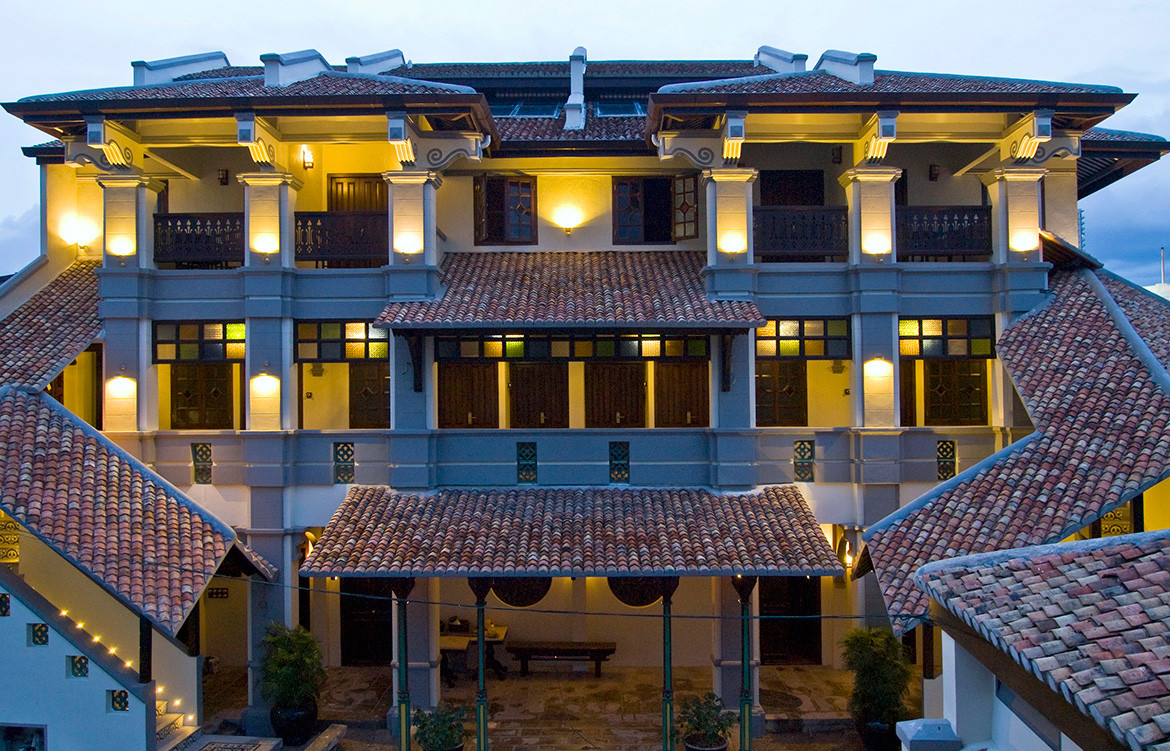
Never without his notebook, he begins each day sketching architectural ideas. He also gives guest lectures at the School of Architecture – the same school he “single-handedly” established in 1967 – and still acts as a consultant at HKA.
“It dawned on me that you cannot retire to boredom, you must do something,” he says. This damascene moment resulted in two innovative hospitality projects. The first Hotel Penaga (2011) in Penang, on the edge of the Georgetown World Heritage precinct. Hijjas had wanted to build a multi-storey building on the corner site. But its heritage Chinese shophouses and row houses prevented that. So, according to his philosophy of positively responding to circumstances, he and Angela came up with the concept of a modern boutique art hotel that celebrated the Peranakan (Straits Chinese) culture and history.
This is reflected in the furnishings, fittings and detailing of the interiors (sourced from all over SE Asia, even Australia), while the rear service lanes were turned into an oasis of landscaped gardens, including a swimming pool. It is, says Hijjas, a case of adding social value. It is a very green building with solar power and rainwater catchment helping it to a Gold Star rating – the only one in Penang.
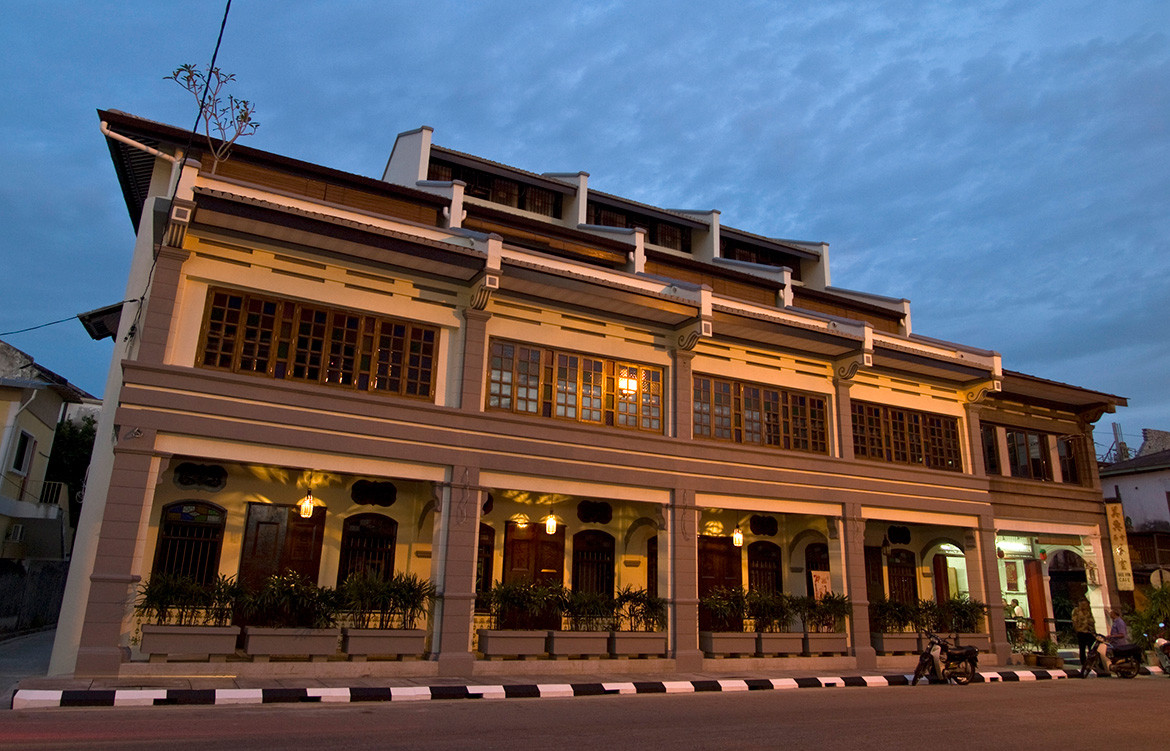
Then in 2017, Hijjas and Angela opened The Kasturi, a resort on the East Coast of Malaysia (see Habitus #39) that further explored ideas of connection to both the physical and cultural environment. The guest villas (reinterpretations of the traditional Malay house) are raised above the ground and built around existing trees to conserve the natural landscape. The resort features local materials and craftmanship, uses solar power, harvests rainwater, and sponsors a turtle hatchery on site as part of a programme to conserve the endangered Green Turtle.
These are post-retirement projects. But when asked about projects of which he is especially proud, Hijjas nominates three buildings from the 1980s – Tabung Haji, Menara Apera and Menara Maybank. The first is the headquarters of an Islamic financial institution and the spectacular waisted form of the building is a highly refined contemporary expression of traditional Islamic architecture. Sculptural form was a feature of the latter two buildings as well, both exploiting sloping sites to provide an enriched ground plane experience. “Universal architecture,” he muses. “We must institute that. Now we have international architecture throughout the world. Where is the culture? The challenge is to introduce that in modern form.”
Born in Singapore in 1936 to a Malay father and Javanese mother, Hijjas overcame his poor background through hard work and what he calls luck – or circumstance. Eventually he trained as a draughtsman before winning a Colombo Plan scholarship to study in Australia where he qualified as an architect and urban planner. Returning to Singapore in 1966, he worked as an architect-planner with the Housing and Development Board before taking up a teaching post at the MARA Institute of Technology in Malaysia where he was promptly asked to establish a school of architecture.
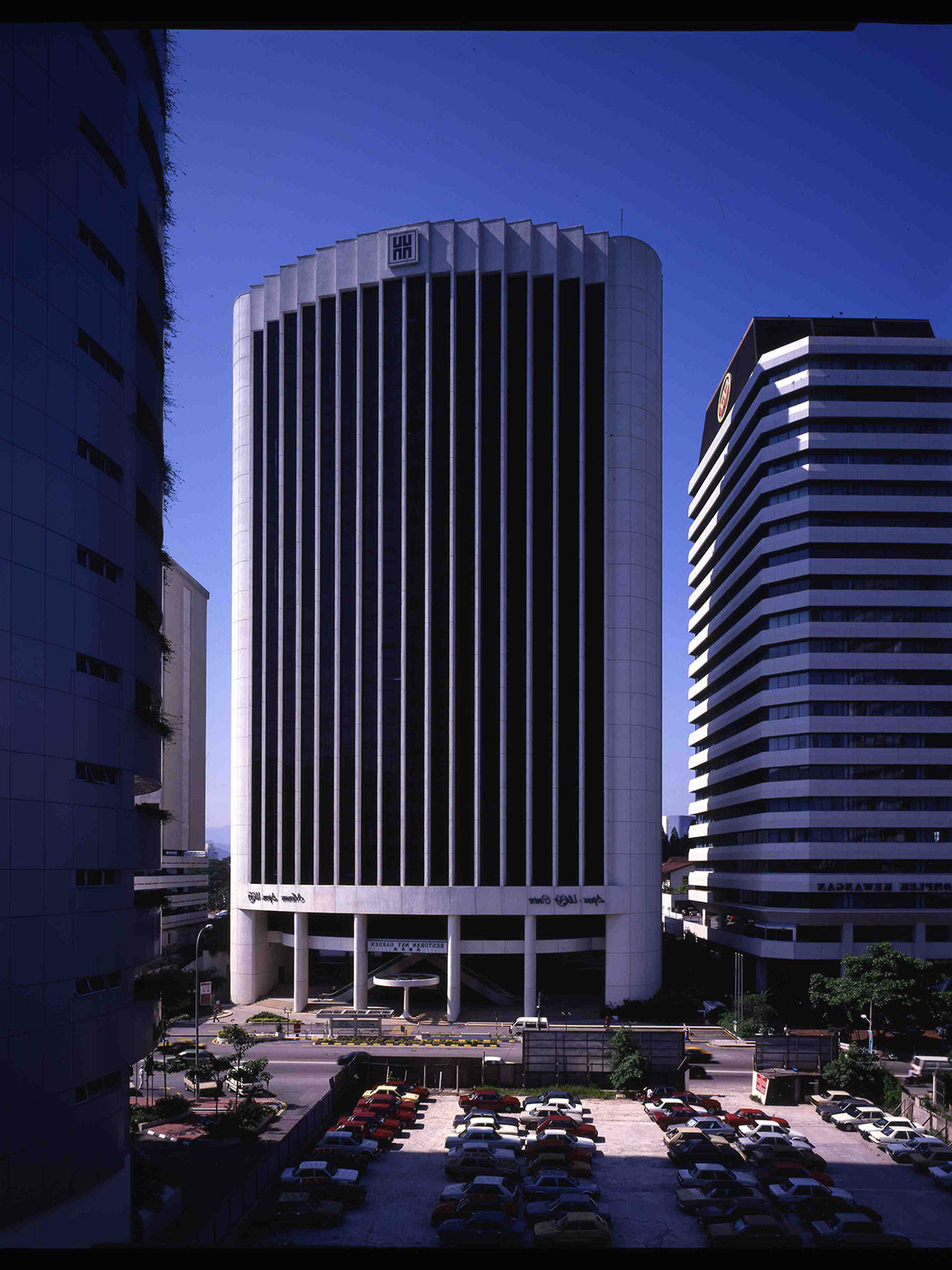
He had no idea how to go about it. But remembering the modest operation at Melbourne University at that time, “I thought if Melbourne in a first world country could do things like that, so could I.” Taking advice wherever he could get it, he based the school on the Bauhaus inter-disciplinary model and recruited teachers from around the world.
But others were less keen on the inter-disciplinary model, so Hijjas moved on less than three years later and established Akitek Bersekutu with another Australian graduate before eventually founding HKA in 1977.
Hijjas opines that people are a mix of unthinking, ordinary and restless. He clearly belongs to the last category and believes strongly in constantly testing ideas and assumptions. He believes just as strongly in the need for creativity and imagination in architecture. Most architects, he asserts,are merely builders. “What is important is stimulating the eyes, the imagination, making the environment a delightful thing.” For this reason, his buildings always have sculptural form and material honesty.
He has always felt gratitude to Australia for the opportunity it gave him. But he also has a sense of gratitude for what the circumstances of life have given him and at 83 he wants to give back.
“What can I give? To give [his students] what I missed out on, those things professors never taught me. What is the purpose of going to university? What is the expectancy of the public, of yourself ? You have to tell them the fundamentals: you are there to think. And to think you’ve got to expose yourself to a different kind of dialogue. You have to get universal knowledge, otherwise it is just vocational training.”
Hijjas Kasturi Associates
hijjas.com
Portrait by Charmaine Zheng
We think you might also like The Spirit Of Place According To Palina Kannangara

